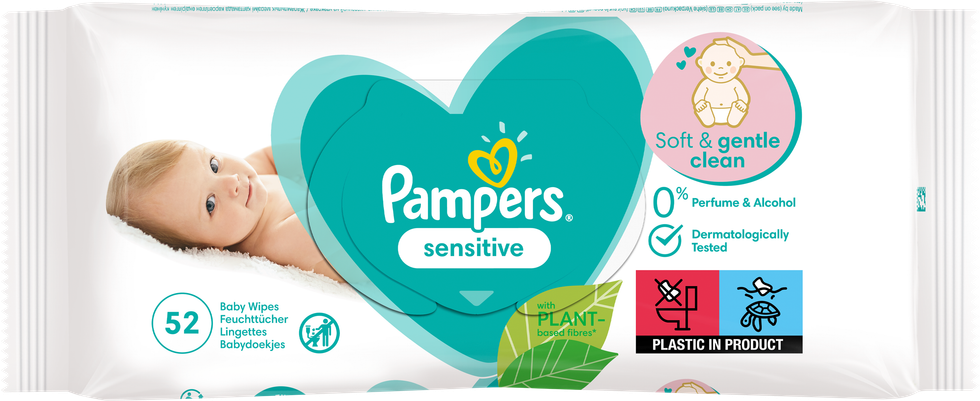From baby food to diapers to spill-proof snacks, baby care is no longer just a side-shelf afterthought, it’s a basket-building, loyalty-driving category that’s crawling steadily into the convenience spotlight.
Parenting is a fast-paced, often chaotic experience with no room for any “oops” moments or slips (though they always happen)! This phase frequently involves last-minute dashes to the nearest shop for emergency nappies, ready-made formula, or a quick pouch of baby food.
For convenience store owners, this presents a golden opportunity. The baby care and food market is not just a niche segment; it’s a thriving, high-demand sector that can drives footfall, increases basket spends, and builds customer loyalty.
The UK market is expected to grow at a CAGR of 6.3 per cent from 2025 to 2030. The UK baby food and care industry is substantial, with the market valued at over £1.2 billion (Statista, 2023).
Notably, the revenue of the baby food segment of the food market was continuously increasing over the past years.
In fact, industry analysts note the market for manufactured baby foods is rising about two to three per cent year-on-year despite a basically flat birth rate, thanks to premium innovations and parents’ willingness to spend on quality.
Spanning nappies and wipes to formula and snacks, parents spend an average of £11,000 in their baby’s first year alone. While supermarkets and online retailers dominate bulk purchases, the convenience channel too claims its own share of this pie.
But why do shoppers buy baby care items at convenience stores? One word: convenience (no pun intended).
Parenthood is full of surprises, filled with the midnight diaper disaster, the suddenly empty formula tub, the toddler who tossed the last dummy out of the pram.
Convenience stores are frequented for exactly these emergency, last-minute purchases; hence having baby food, nappies or wipes on-hand can be lifesaver for hassled parents.
Symbols and independent convenience stores account for tens of millions in baby product sales per year. While that’s only a fraction of the total market, it represents thousands of urgent top-up purchases.
The most important baby care categories that convenience stores can stock are baby feeding (baby milk and food), nappies, wipes, and toiletries.
Matt Stanton, Head of Insight at DCS Group, advises retailers to group all baby care products together in the display, further split down by feeding- milk, powder, ready-to-feed (liquid), baby food and format (jars, pouches etc).
Stocking toiletries and baby care products (particularly baby milk and nappies) will drive traffic into store, he adds.
Locating near to till point will make it obvious to shoppers that the store stock the products, which means they are likely to return to it when they run out.
Proximity to till point reduces the risk of theft, adds Stanton.
Milk to meals
Feeding time might be messy, but the sales opportunity is anything but.
While there are many brands jostling each other to catch the attention of new parents, it is difficult to give shelf space to each brand. The various versions and age groups make this segment even trickier.
Needless to say, retailers should make sure to stock the bestselling products so as to cater to the greater demand, keeping in mind that baby milk buyers (as well as consumers) are incredibly brand loyal.
Parents definitely do not want to do much hit and miss, and usually obey the little ones’ preferences.
The composition of all infant formula and follow-on formula in the UK is strictly controlled by law. This means that all formulas have to meet the nutritional requirements of infants in good health, therefore the core nutrients of all formulas are very similar.
Despite this, brand name dictates the buying decision. A Which? study conducted last year shows that around six in 10 of parents said they chose a specific brand due to it being a trusted brand name.
All these facts make it essential to stock the leading brands.
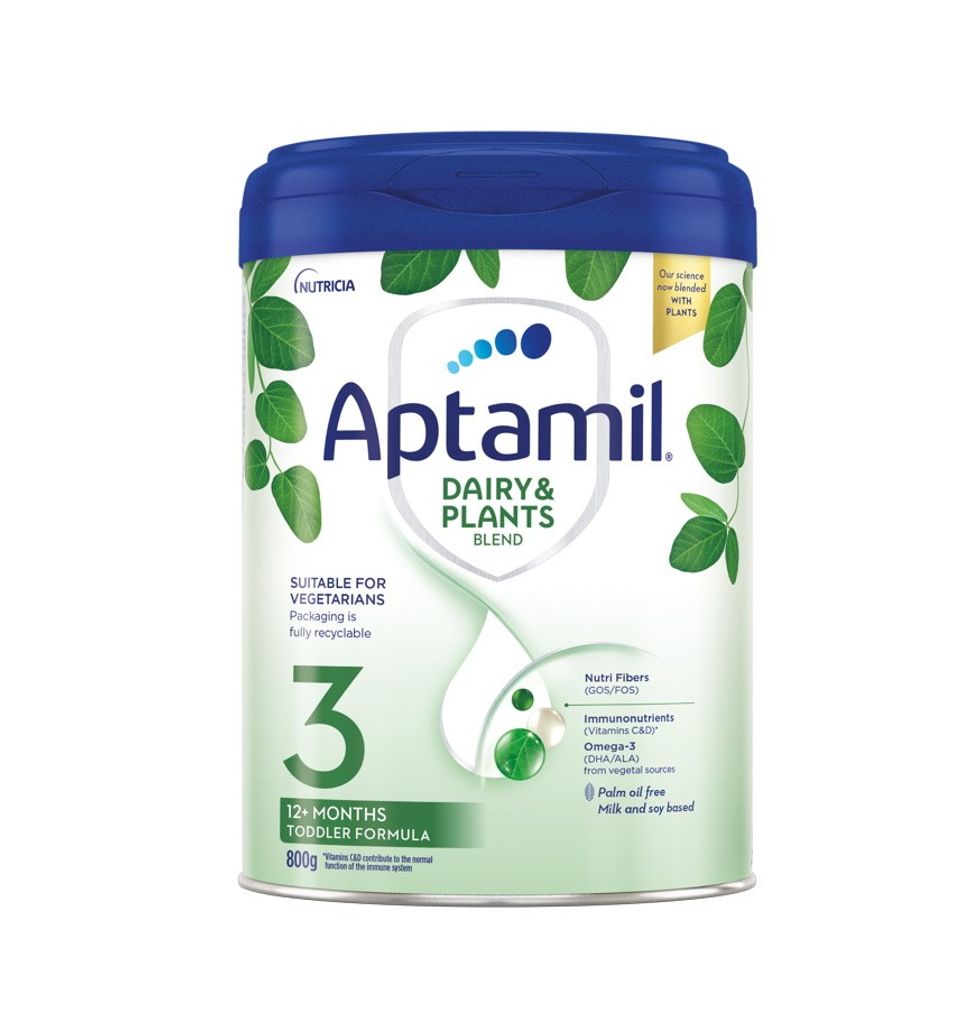
Stanton says, “Cow & Gate is number one in the impulse channel, followed by Aptamil, and together they make up 92 per cent of the baby milk category in the impulse channel.”
It is also good for retailers to make themselves familiar with the terms like “comfort milks” and “anti-reflux” milk to answer to the queries of the new parents.
Moving to toddler or junior food, top brands to stock on the shelves are Cow & Gate and Ella’s Kitchen. Other popular brands included Heinz, Kiddylicious, Hipp Organic, Piccolo and Little Freddie.
In the recent survey by Which?, Ella’s Kitchen emerged as the brand of which most parents had tried something in its extensive range – be that purées in pouches, meals or snacks.
It is also deemed ideal for little ones with dietary requirements, as many of its products are free from dairy, gluten, nuts, egg and soya.
Moreover, the rising health awareness among parents about the importance of early childhood nutrition is favouring the growth of the market.
Apart from this, product manufacturers are launching various products in different flavours, such as chocolate, banana, mango, and strawberry, to make the food more appealing for the babies and expand their product portfolio.
They are also focusing on different packaging solutions, such as pouches and reusable containers. Key manufacturers are introducing vegan, no cholesterol, and gluten-free organic baby food that can safely be consumed by babies suffering from lactose-intolerance and celiac disease.
The good news here is that such endless innovations in this category have a positive impact on overall market growth. The baby and children’s food market now encompasses a wide range of products from infant formula to pre-prepared foods, lunch box treats and kid’s ready meals.
Whether it is mixed greens or banana-strawberry puree, toddlers are consuming a vast quantity of blended foods. Baby food pouches are in high demand with sales reportedly increasing by 900 per cent.
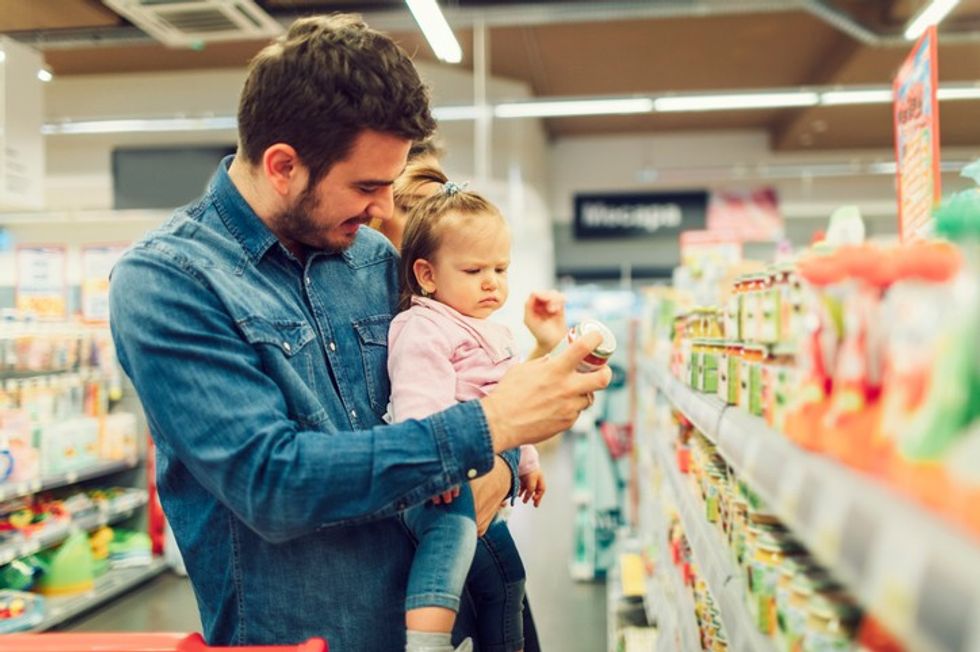
Across all ranges, pouches are now outselling jars by three to one and constitute a considerable share of this increasingly popular sub-category.
According to a market report released late last year, food pouch sales have risen massively in the last 14 years, making them the most popular form of baby food on the market.
However, consuming a majority of one’s diet via food pouches at a young age has raised concerns from doctors and nutritionists worried about long-term developmental, dental hygiene, and overall health effects on young children.
Apart from stocking the wide range and covering all the categories, retailers should also be aware of such concerns so that they can help parents make informed choices.
Baby cereals are also something that is catching the attention of parents owing to its association with milk. Finger foods have been the most buoyant category, with a high level of innovation.
Baby food is more focused on age stage than on brand, so a product range that covers all the ages in multiple different formats will sell the best.
Nappies, Diapers and beyond
Just like baby milk and food, baby care products should also be grouped age wise and the according to the type to avoid confusion.
The main categories here are nappies (taped and pants), wipes (sensitive and scented) and baby toiletries.
“There is a high level of cross-shopping between the feminine hygiene and baby care categories, so these should be located together in store,” Stanton says.
“Retailers should offer both entry-level and trade-up products if they have space.“
Make sure the core range of entry-level products is covered for all the key categories and brands. Offer trade-ups to capture personal care shoppers looking for an affordable luxury.
In most cases, the entry-level product is the top priority, and trade-up products can be added once all the shopper needs are covered with core range products.
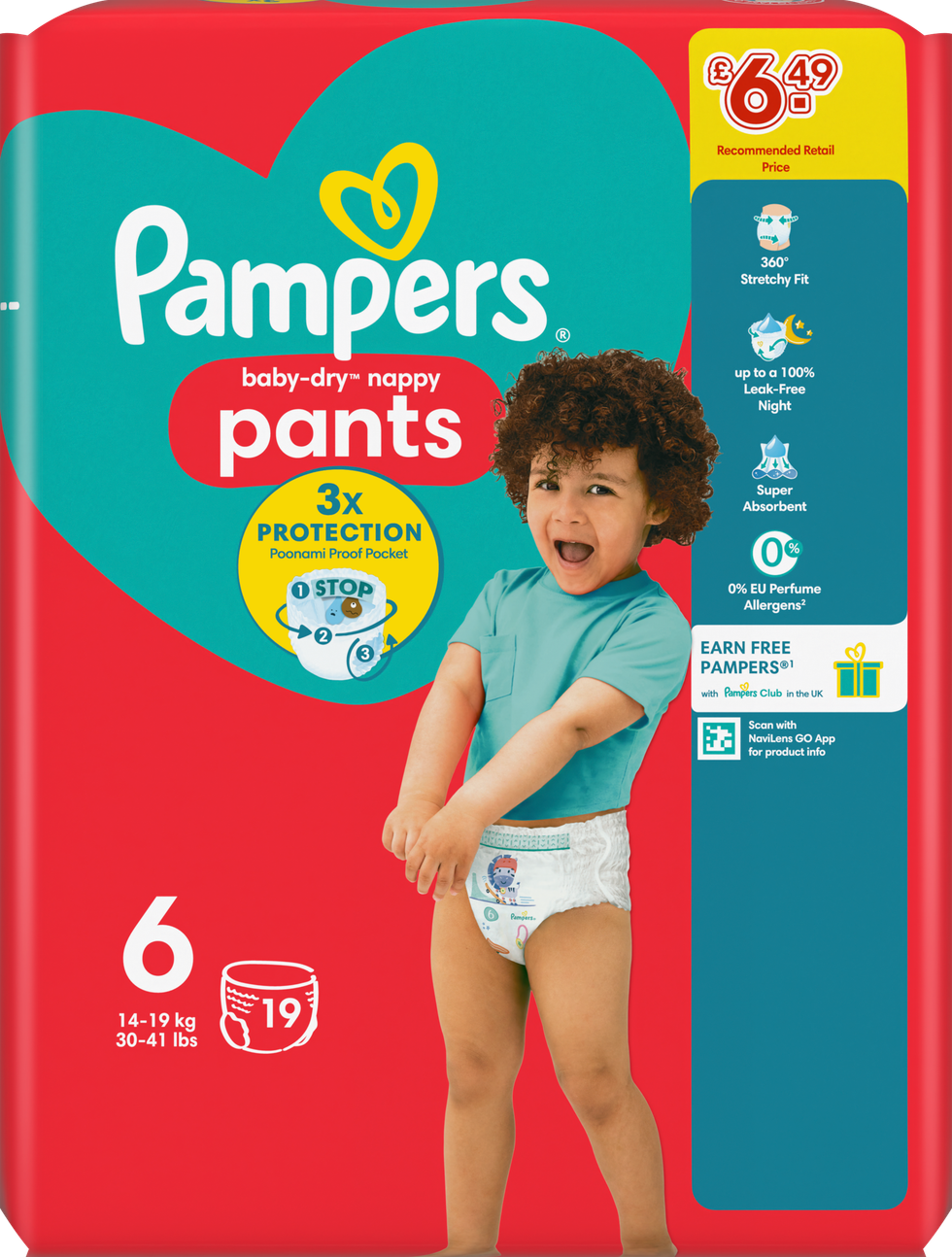
Pampers Baby Dry, Huggies Baby Diapers, Pampers Nappies, Pampers Active Fit, and Mama Bamboo nappies are among the bestselling brands which a store should stock.
The toiletries and baby categories drive shoppers into store. 58 per cent of shoppers who buy toiletry products in a convenience store say it was the main reason for their visit.
Stanton explains: “Whilst own-label products can sometimes offer attractive margins, shoppers trust brands and they plan their shopping missions in advance. Therefore, stocking a full range of the leading toiletries and baby brands will help drive shoppers into your store!”
Rising awareness regarding infant health is also a major factor driving the industry.
An increasing focus on preventive healthcare is influencing the diaper rash cream market. Parents are becoming more proactive about preventing potential health issues rather than waiting to address them after they arise.
This preventive approach drives the use of diaper rash creams as a preventive measure to avoid skin irritations and rashes before they occur.
With about 77 per cent of parents reported that their babies/children experienced a skin condition last year, it is it is best to keep some stock of diaper rash cream from Sebamid, Cetaphil, Burt’s Bees and Weleda Calendula.
Other must-stock items in this section are Johnsons Baby cotton buds, Sudocrem antiseptic healing cream, Johnsons Baby powder, Johnsons Baby Oil, Baby Shampoo and Baby lotion, Huggies Pure baby wipes and Johnsons Baby bath, adds Stanton.
Emerging trends
A major trend driving this category is premiumisation.
According to Nestlé, the fall in the number of children per household has driven this trend.
Parents having fewer children are buying more expensive baby food, according to the head of Nestlé’s nutrition business, as the world’s largest food company shifts its strategy to offset the impact of falling birth rates.
A part of that phenomenon was women having children later in life, when they were typically more financially stable, also adding momentum to the sales growth of more expensive brands.
Nestlé, like other consumer goods companies, has been trying to push customers towards buying fewer, higher-priced goods as it attempts to combat a potentially shrinking customer base and higher ingredient costs.
The baby product market is evolving, with several key trends shaping consumer preferences over the past two years.
With one in five UK babies suffering from allergies (NHS), parents are increasingly seeking hypoallergenic and organic products. Brands like Kendamil (a British-made formula) and Organix (organic baby snacks) have gained popularity as parents prioritise cleaner, safer ingredients.
Stores that stock these options can attract health-conscious shoppers.
Another major trend to note in this category is a rise in demand for sustainable products.
Statista notes that with millennials becoming parents, and Gen Z fast approaching this territory, sustainable options are going to grow in demand.
Each nappy can take hundreds of years to degrade, so the sheer number of disposable nappies thrown away presents serious problems to the environment. This is particularly true when you consider that each baby could use more than 5,000 nappies before being potty trained.
Eco by Naty is a great brand to have on the shelves. It is made from 100 per cent FSC-certified wood pulp and the packaging is sourced from renewable materials.
Kit & Kin nappies are another great option, so is Pura, the only baby brand to be recycling disposable nappies.
Parents are willing to pay a premium for high-quality, fortified, or functional baby products, especially those that save time. Single-serve, spill-proof snacks and pre-measured formula sachets are growing in demand as busy families look for hassle-free solutions.
Over half of parents of zero-to-fours cite supporting immune health as a top-three health benefit swaying choice of products.
This, and brain development, stand out as the leading functional health benefits that baby/toddler food and drink brands should flag up to drive purchase.
Parents are more health-conscious than ever. Products that promote sleep, skin comfort, or are labelled hypoallergenic are in high demand.
Think soothing bath washes, baby-safe aromatherapy, and products free from nasties like parabens and artificial fragrance.
To retailers
With just a little planning and a splash of creativity, your store can become the go-to companion for sleep-deprived parents and doting caregivers.
Keep things simple. Parents don’t want 10 options, rather they want the right options. Focus on trusted brands and well-loved products. Even a small shelf can make a big impression if it’s got the right mix.
Bulk buys are fine, but in a convenience setting, shoppers still want grab-and-go. Most sales in this category come from smaller packs, nappy packs that fit in a smaller bag, mini tubs of nappy cream, or 10-pack wipes.
Stanton advises retailers to stock PMPs wherever possible.
He explains to Asian Trader, “Shoppers love PMPs because 58 per cent think the price mark is usually there because there is a promotion or discount.
“More than half (63 per cent) say they think PMPs imply that there is no over-charging.
“Not all consumers understand that the cost-to-serve model means convenience stores generally need to be slightly more expensive than supermarkets, so a good range or PMPs is important to give shoppers price confidence.”
Lumina Intelligence Convenience Tracking Programme too suggests the inclination of shoppers towards PMPs. Its survey shows that 48 per cent of consumers say they tend to shop in places with lots of PMPs while 43 per cent say they are more likely to shop in a convenience store that sells PMPs.
In the case of care products, stick to known, reliable brands.
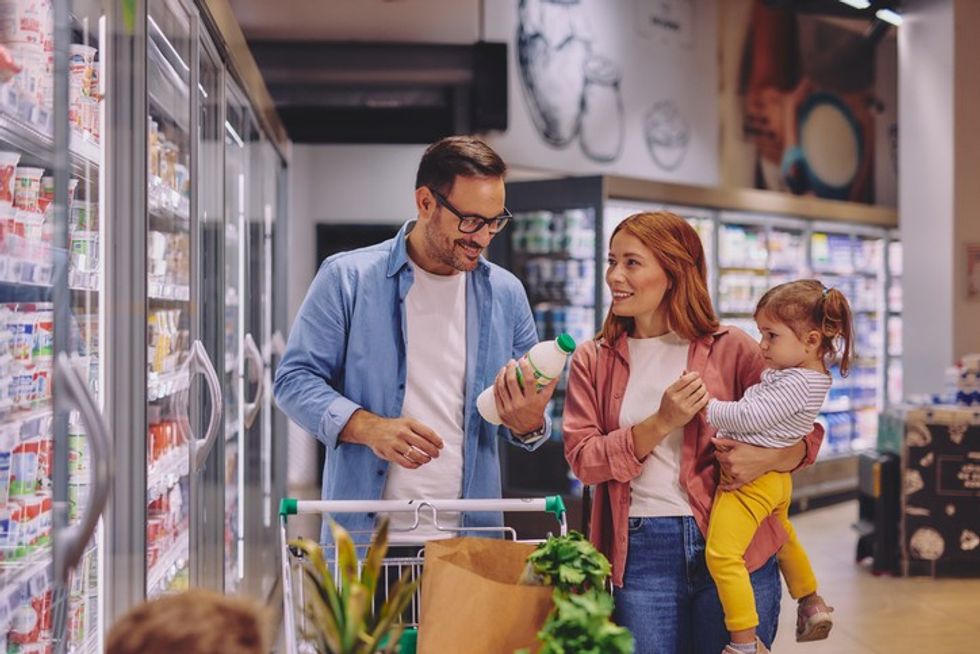
Parents don’t usually experiment when it comes to their baby’s bum, so don’t get too adventurous with unfamiliar products. Smaller, carry-size packs sell best in convenience, which lines up perfectly with how parents like to shop in a hurry.
Place baby snacks and juice pouches near till points for quick-grab convenience. Position your baby section as a friendly, helpful corner of your shop.
Bundle products for clever cross-selling. A “Changing Time Kit” could include nappies, wipes, and nappy rash cream.
Creative signage can also go a long way. A shelf sign that reads, “Nappy emergency? We’ve got your back(side)!” might get a chuckle and more importantly, a sale.
Make the best use of the store’s social media to catch the parent’s attention, be it through funny memes, short reels or even polls to gauge which baby snacks parents like to see in the store.
Final Rattle
Beyond the immediate sales potential, stocking baby care and food products offers several long-term benefits for convenience stores.
Parents with young children shop frequently, often multiple times a week. By becoming a reliable source for baby essentials, stores can secure repeat visits and foster long-term loyalty.
Shoppers buying baby products often pick up additional items, such as drinks, snacks, or household goods. This increases average transaction values, boosting overall revenue.
In a market where convenience is king, ensuring that your shelves meet the needs of busy parents isn’t just good business, it’s a smart strategy for growth. The baby category might be small, but the potential is huge.
By stocking smart, merchandising with care, and marketing with personality, your convenience store can go from just another stop to a lifeline for local families
So go ahead – add a bit of bib and bottle magic to your shelves. Because when it comes to baby care, even a little store can make a big change.
So, the next time a sleep-deprived parent rushes in looking for an emergency pack of wipes or a ready-made bottle, make sure your store is the one that saves their day.






